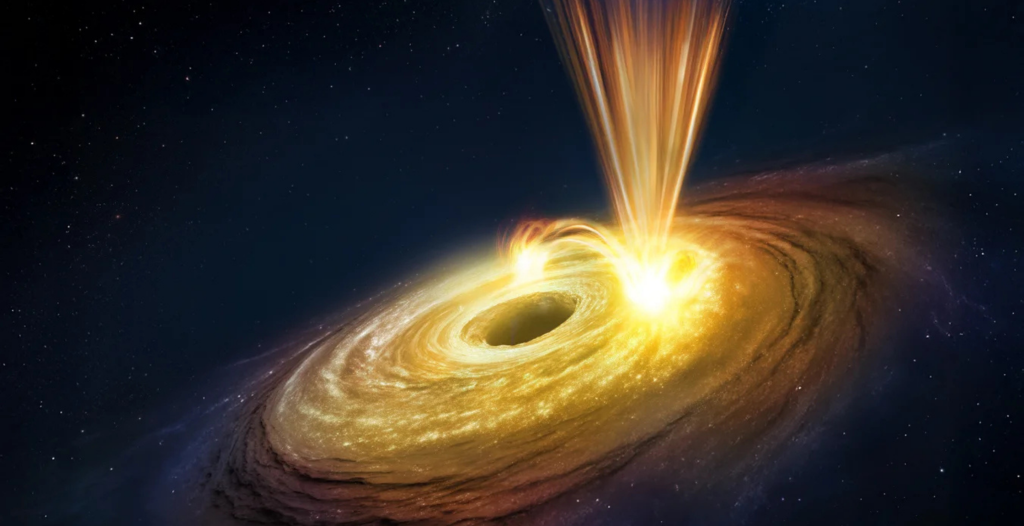Wannabe rocket scientists without the ability to do math rejoice! NASA has developed “Rocket Science 101,” a web-based and iPad game that lets you build and launch a virtual rocket.
The game comes from NASA’s Launch Services Program, the branch that oversees launches, chooses the right rocket for a given mission’s payload, and provides a measure of quality assurance throughout the mission. Rocket Science 101 gives that virtual responsibility to the people: pick a skill level, a payload, a rocket from an existing fleet, then learn about the components as you assemble it before launch. It’s pretty awesome edutainment – teaching the public about rocket components through a game.
Videos by VICE
Hermann Oberth
It’s also the same selection and learning process LSP engineers go through when choosing the right rocket for a mission, though it takes them years rather than minutes to build the actual rocket for any given mission.
The freedom to sift through an existing bunch of rockets to find the right one is pretty astounding, especially given how young the space age is. Less than a century ago, rocket engineers were using some pretty sketchy methods to test and develop rockets in the hope of eventually launching a payload into space.
The grandfathers of modern rocketry – Russian Konstantin Tsiolkovsky, American Robert Goddard, and Romanian-born German Hermann Oberth – used some less traditional methods to develop and learn about their rockets. It was a time when Rocket Science 101 looked very different.
Working in the first three decades of the 20th century, Tsiolkovky didn’t actually build any rockets. His work was purely theoretical but his essays and books did point later pioneers in the right direction to develop rockets for successful space travel.
When he began experimenting on rocket efficiency in 1915, Goddard was an assistant professor at Clark University in Worcester. He bought some small commercial rockets and tested their thrust by attaching the rocket to a suspended payload and firing it. The weight would rise, swinging on its rope, when the rocket fired to demonstrate the effects of momentum and force. He did the same experiment firing a rocket-powered payload against spring to measure force. His small rockets varied in nozzle design and used a metal combustion chamber filled with a type of gunpowder. It was then ignited by electricity.
Oberth had some more interesting hands-on experience in developing rockets. In Germany in the 1930s, he was trying to prove that liquid propulsion was more efficient for spaceflight than solid fueled alternatives. He enlisted two assistants to help in his work: Klaus Riedel and Rudolf Nebel. The trio used crude equipment and a perilous ignition system to test liquid propulsion. Riedel would toss a flaming gasoline-soaked rag over the gas-spitting motor then duck for cover before Oberth opened the fuel valves. The engine would start with a roar.
But it did the trick. Oberth’s successes inspired a young Wernher von Braun in his own rocketry career. Both engineers moved to the United States after the Second World War and eventually brought their knowledge of rockets to NASA. When it came to developing the big rockets that eventually took Apollo astronauts to the Moon in the 1960s, it was their experience and intuition that served as a guide more than anything. Experience informed their decisions about fuel and propulsion systems in developing the Saturn family of rockets.
The whole “feel your way” approach permeated the early space age. George Mueller, associate administrator of NASA’s Office of Manned Space Flight, urged von Braun and the Saturn V’s design team to trust their instinct and launch a full Saturn V without testing every component individually, which they did on Apollo 4. In a literal “feeling your way” test, engineers physically shook a fully assembled Saturn V to gather data on structural stresses and stability.
NASA’s Rocket Science 101 isn’t going to give you that hands experience, but it will give you a safe way to learn about the rockets it’s currently using to launch spacecraft throughout the solar system. It’s also really fun.
Connections:
More
From VICE
-

Photo: GK Hart/Vikki Hart / Getty Images -

Photo: ESA -

Screenshot: Jarrad Nolan / ATSB
